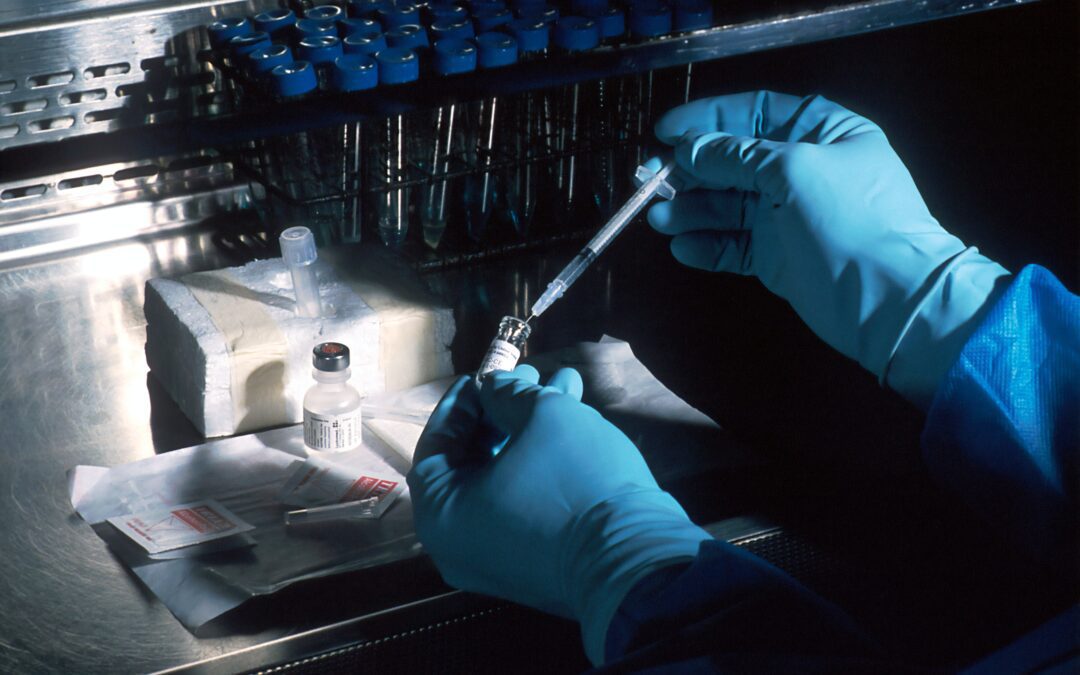The limitations of cancer cell lines have led to the development of direct patient derived xenograft (PDX) models. However, the interplay between the implanted human cancer cells and recruited mouse stromal and immune cells alters the tumor microenvironment and limits the value of these models. To overcome these constraints, we have developed a technique to expand human hematopoietic stem and progenitor cells (HSPCs) and use them to reconstitute the radiation-depleted bone marrow of a NOD/SCID/IL2rg−/− (NSG) mouse on which a patient’s tumor is then transplanted (XactMice). The human HSPCs produce immune cells that home into the tumor and help replicate its natural microenvironment. Despite previous passage on nude mice, the expression of epithelial, stromal, and immune genes in XactMice tumors aligns more closely to that of the patient tumor than to those grown in non-humanized mice – an effect partially facilitated by human cytokines expressed by both the HSPC progeny and the tumor cells. The human immune and stromal cells produced in the XactMice can help recapitulate the microenvironment of an implanted xenograft, reverse the initial genetic drift seen after passage on non-humanized mice, and provide a more accurate tumor model to guide patient treatment.
“Tumor tissue was collected and implanted on all mice as described ( ).. CUHN013 xenograft-bearing mice were irradiated using an RS-2000 small animal irradiator (Rad Source Technologies, Suwanee, GA), calibrated to deliver 1.15Gy X-ray radiation per minute.. Mice were anesthetized via IP injection with a ketamine (60mg/kg)/xylazine (8mg/kg) solution, then positioned beneath a lead/cadmium shield, designed to allow radiation to penetrate only the flank tumors.”

